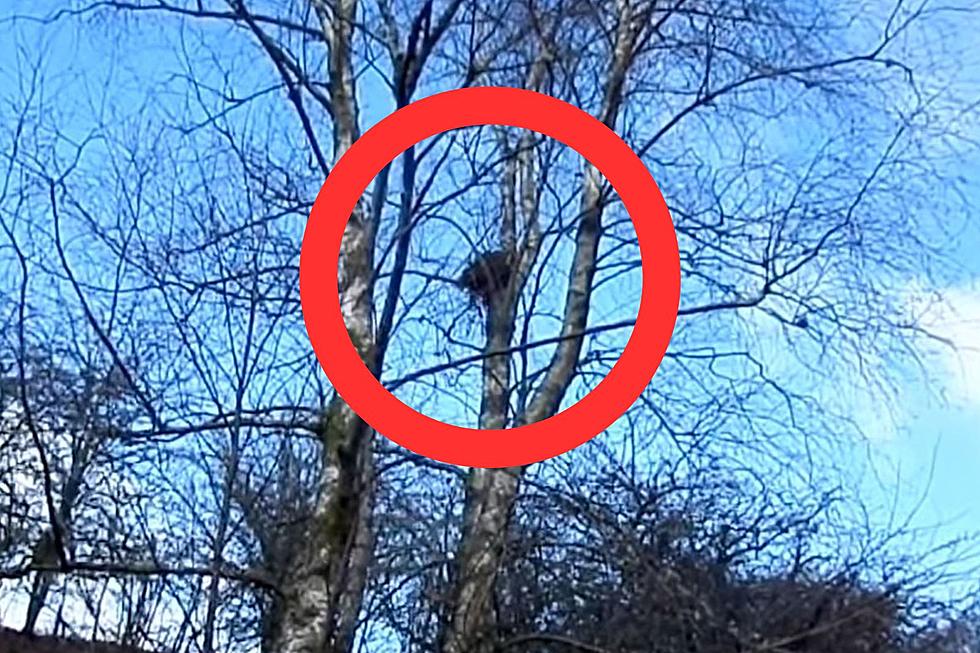
That Big Ball of Leaves in Your Iowa Tree Isn’t a Bird’s Nest
Tis the dawn of spring where the trees are bald and, as singer Noah Kahan popularized, "it's the season of the sticks." While it's certainly not the prettiest time of year, some naked trees reveal something that steals your attention. It's a large clump of sticks, leaves, and sometimes birch cobbled together.
You might just think it's a bird's nest. That's what I thought. But if you've ever gotten close to one, you'll notice it's too big. You might fear it's a hornets nest, but it's too early for hornet season.
I've always just assumed they are bird's nest, but it turns out, that isn't correct. These are actually deceptively large and elaborate nests for a completely different animal: squirrels.
In fact, they're not even technically "nests." They are known as dreys, or more specifically, squirrel dreys. And they serve an important purpose for nature's fast-moving, rambunctious rodents.
What are Squirrel Dreys?:
Per the website Mass Audubon, these "dreys" are the work of Eastern gray squirrels, which are super common in both urban and suburban locales. These structures can be anywhere from one-to-two feet wide and are located about 20 feet above ground, where acorns typically grow on oak trees. Squirrels are smart too; they usually build these dreys so that they are resting on the tree's trunk for added stability.
Squirrels scrounge up whatever they can find for these dreys, like twigs, branches, and dry leaves, while for the interior, they use moss, pine needles, and grass, to ensure coziness.
Squirrels do stay in dreys for the winter, but ultimately, leaves and grass don't provide a great deal of warmth and insulation. They are year-round homes for squirrels, though the dreys are mostly only visible during the fall and spring seasons (excluding winter, unless there is a lack of snow, such as this one):
Eastern Gray Squirrels use nests for shelter and warmth, especially at night, but they don’t hibernate in them—in fact, they don’t hibernate at all! They stay active year-round, searching for food that they hid during warmer weather. - per Mass Audubon
According to Woodland Trust, while these big clumps of leaves and twigs generally belong to squirrels, they can also belong to magpies or even larger birds like hawks.
One of the tells that it's a squirrel drey is simply if you see squirrels near by, or maybe chewed up pine cones on the ground. Then there's that obvious "chuk chuk" sound squirrels make when they're communicating or scurrying that is an obvious signal that they are prominent in a given area.
Read more about squirrel dreys on Mass Audubon's website, and keep an eye out for some in Dubuque and the Tri-State area before leaves start to form on the trees!
Hiking Trails and Nature near Dubuque, Iowa
Gallery Credit: Tom Ehlers
The Dubuque Arboretum & Botanical Gardens
Gallery Credit: Tom Ehlers
More From Y105







